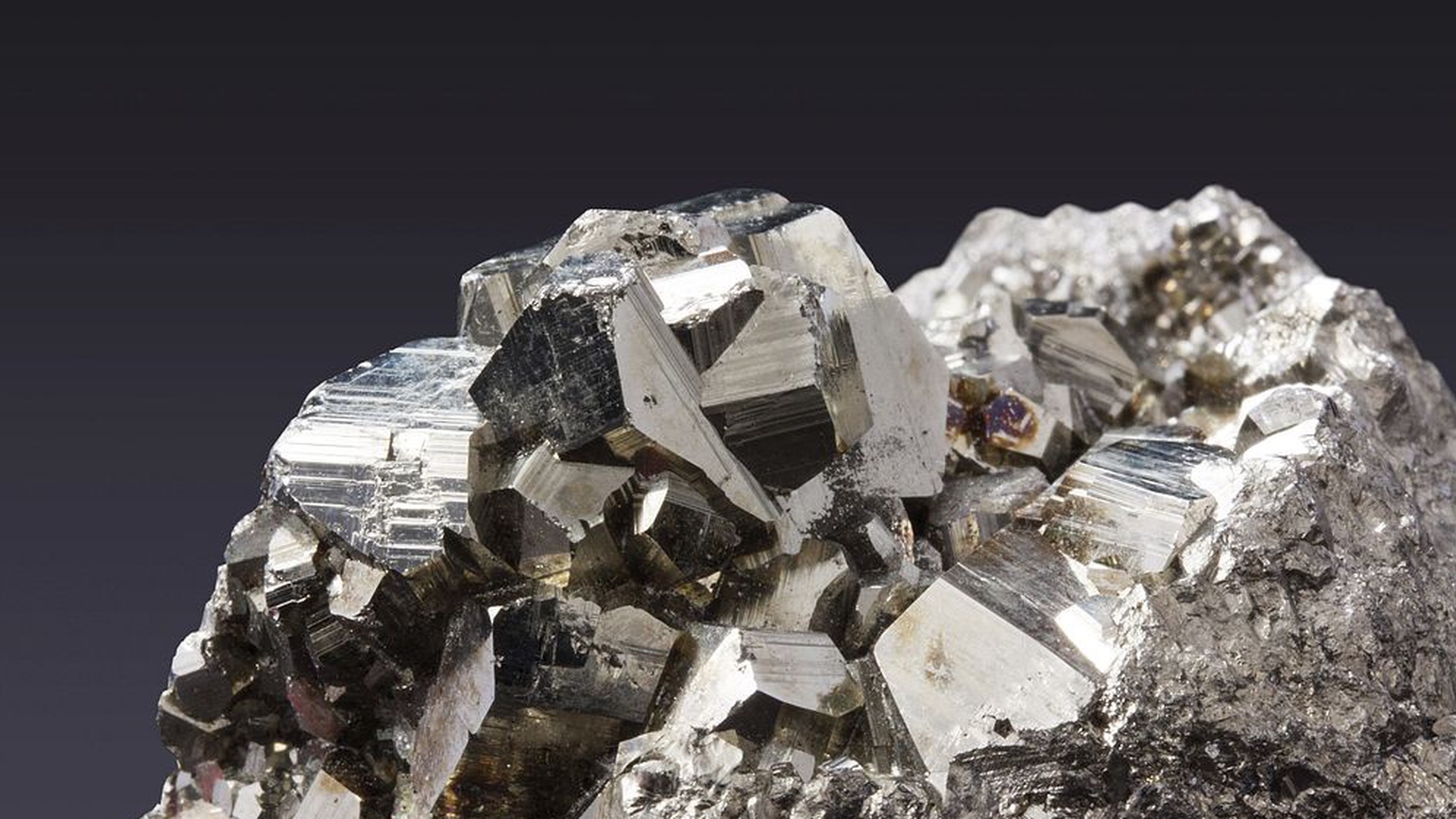

The recent increase in China's rare earth exports is a notable event, but its significance can only be understood by examining the specific data. While general REE export figures provide a broad picture, the most telling data comes from the downstream, higher-value product: rare earth magnets. In July 2025, China's exports of rare earth magnets reached 5,577 metric tons, marking a dramatic month-over-month increase of nearly 75% and hitting the highest monthly volume since January. This substantial rebound followed a period of trade disruptions and export bottlenecks that began earlier in the year. Despite this positive reversal, the year-to-date figures provide a more sobering perspective. Total exports for January through July 2025 reached 27,897 metric tons, representing a 15% decline compared to the same period in 2024. This disparity highlights a crucial point: the July surge was a tactical correction, representing a return to pre-restriction export levels rather than the beginning of a new, unprecedented trend. It was a recovery, not an expansion.
The data reveal that the export rebound was concentrated in key markets that had been most affected by the earlier restrictions. Germany solidified its position as the leading destination for Chinese rare earth magnets in July 2025, receiving 1,116 tons, a 46% increase from June. This robust growth reflects Germany's strong manufacturing base, particularly in the automotive and renewable energy sectors, which are heavily dependent on a steady supply of these critical components. The United States also experienced a sharp increase in shipments, with volumes jumping 75.5% month-over-month to 619 tons. This rapid recovery suggests that diplomatic agreements between the two countries were effective in restoring trade flows. Beyond these two major importers, other destinations like Japan and various European and Asian economies also received significant volumes of rare earth metals, underscoring the broad-based impact of the eased restrictions.
The apparent contradiction between the sharp drop and subsequent surge can be explained by a clear cause-and-effect relationship driven by China's policy decisions. The July export surge was a direct consequence of the Chinese government's decision to ease the administrative bottlenecks it had previously imposed. In April 2025, China implemented export controls on seven specific rare earths as a retaliatory measure in response to tariffs imposed by the U.S. administration. These controls created long approval processes for licenses, which resulted in supply chain bottlenecks and forced some automakers in Europe, Japan, and the U.S. to suspend production due to shortages of essential components.
The direct link between this policy and market impact is quantitatively demonstrated by the price volatility of key elements. For example, the prices of dysprosium and terbium, which are critical for high-performance magnets, surged by over 35% in a single week following the April control announcement. The July rebound was initiated only after a series of agreements were reached between Beijing and its trading partners. This causal chain demonstrates that China is not merely reacting to market demand; it is actively managing global supply to achieve its strategic objectives. This is a deliberate, policy-driven action, not a natural market phenomenon.
China’s control over rare earth elements serves as a cornerstone of its industrial and foreign policies, representing not just a commercial endeavor but a calculated maneuver within a broader geopolitical strategy. One of the key aspects of this strategy is the strategic leverage China wields through a complex and opaque licensing system for exports. This approach enables the country to apply pressure on rival nations, as evidenced by recent reports indicating that during trade disputes in early 2025, exports of heavy rare earths essential for high-performance defense and electronics applications plummeted to zero for several major buyers. The subsequent easing of these restrictions hints at China’s willingness to utilize rare earth elements as bargaining chips in bilateral agreements.
Furthermore, this export strategy aligns seamlessly with China’s long-term industrial policy goals. By focusing on the export of high-value rare earth magnets rather than raw materials, China aims to enhance its position in the global market, not only as a supplier of critical minerals but also as a leading producer of advanced components. This shift reinforces China's ambition to ascend the value chain, ultimately bolstering its industrial capabilities and economic influence.
The surge in Chinese exports has exposed a critical vulnerability within global high-tech and defense industries, which heavily rely on a single supplier. Recognizing this dependence, importing nations are taking proactive steps to address the associated risks. In response, the United States and its allies are making significant investments in new mining and processing projects in areas like Australia and Canada. However, these initiatives are not without their challenges; they entail long lead times, high costs, and environmental considerations that must be navigated carefully.
Additionally, there are concerted efforts to establish rare earth recycling and "urban mining" programs aimed at recovering valuable materials from outdated electronics and magnets. These initiatives represent a push towards sustainability and resource efficiency. Moreover, the European Union and the United States are collaborating on new policies, such as the EU's Critical Raw Materials Act, which aims to create strategic reserves. This strategy seeks to mitigate the risks of over-reliance on any single country for more than 65% of its supply.
While the recent surge in exports might offer a temporary relief in supply, it should be interpreted as a strategic maneuver rather than an indication of a more open market. This situation reinforces the urgent need for importing nations to accelerate their diversification efforts in supply chains, ensuring they are better equipped to manage the risks associated with a single point of failure.